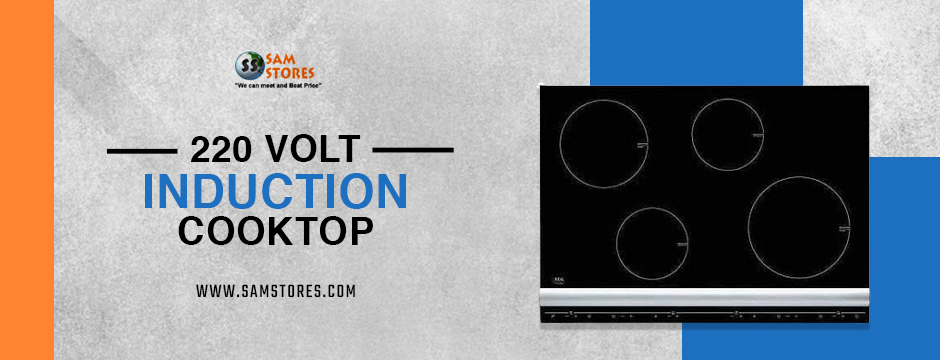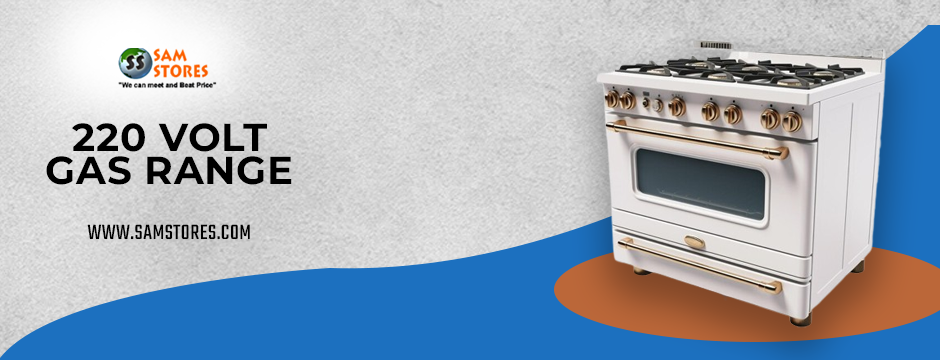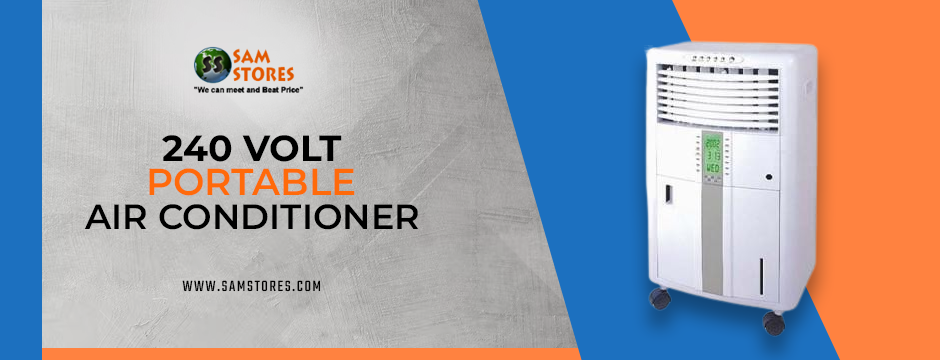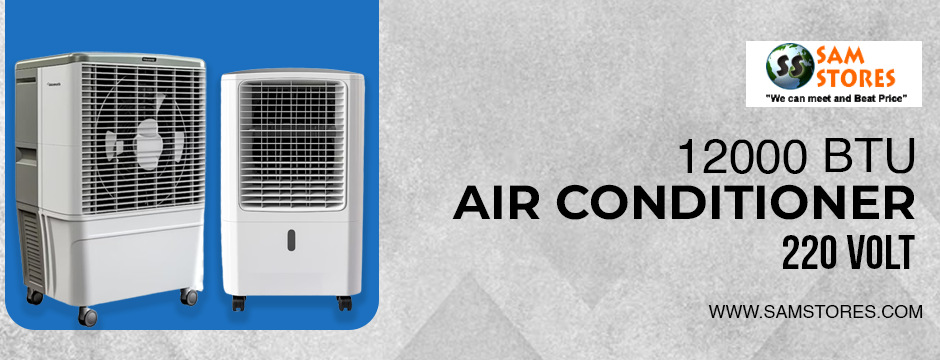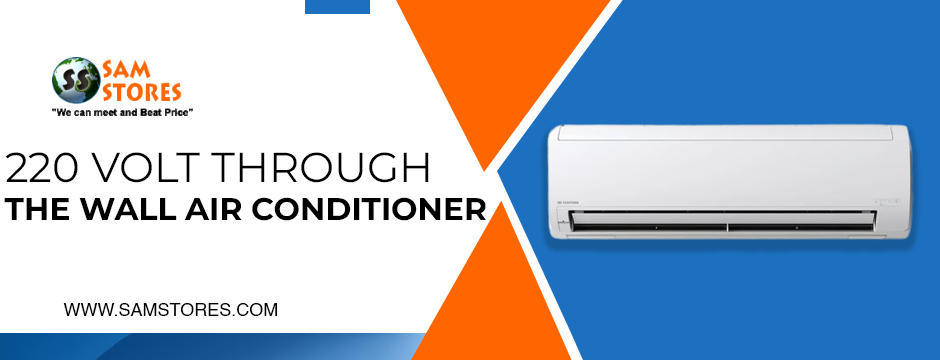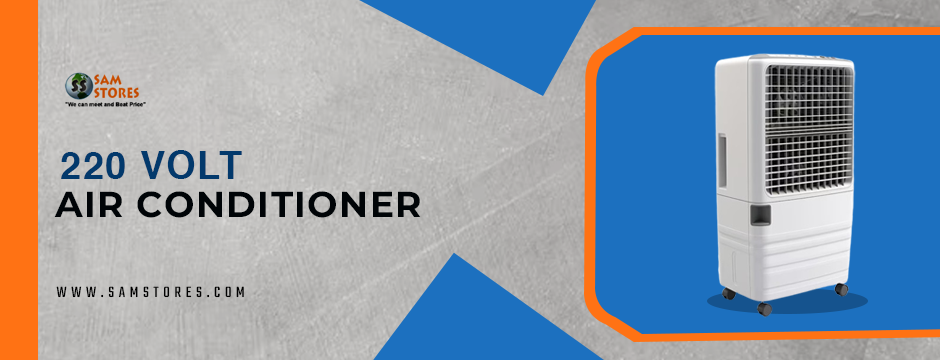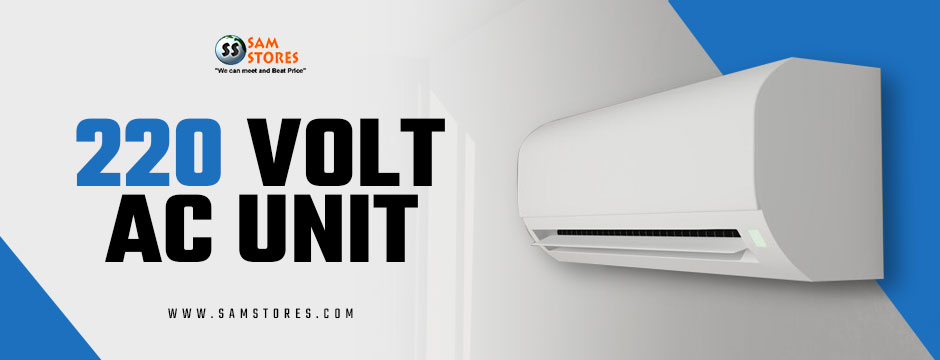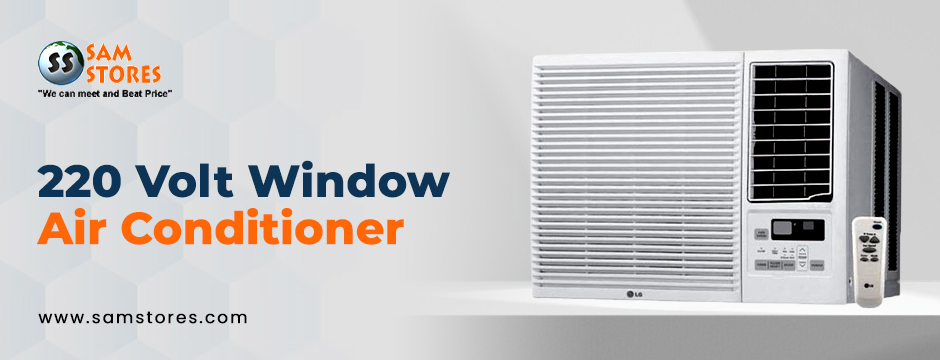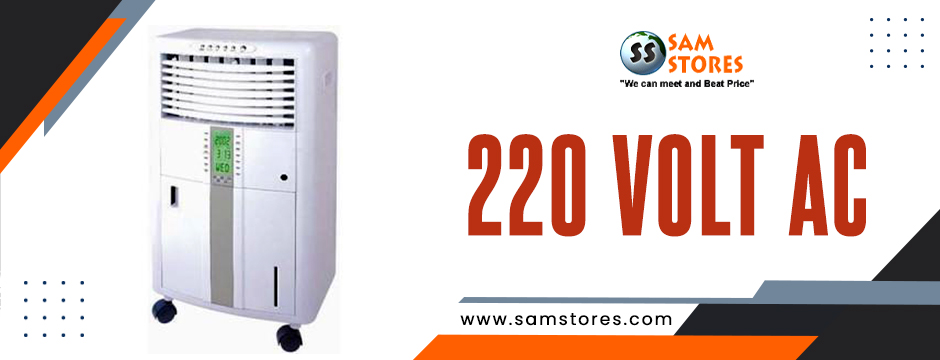In the contemporary landscape of kitchen appliances, few innovations have garnered as much acclaim and popularity as the 220 Volt Induction Cooktop. Defined by its sleek aesthetics, advanced features, and remarkable efficiency, these cooktops are reshaping the culinary experience in households worldwide. This blog aims to delve deeper into the transformative potential of integrating a 220 Volt Induction Cooktop into your kitchen, exploring its multifaceted benefits and the significant impact it can have on your cooking endeavors.
Understanding the Technology:
Before delving into the myriad advantages of 220 Volt Induction Cooktops, it’s crucial to grasp the technology that underpins their functionality. Unlike traditional gas or electric cooktops, which rely on open flames or heating elements, induction cooktops harness the power of electromagnetic energy to directly heat pots and pans. This innovative approach ensures faster and more precise cooking while minimizing energy wastage and heat dissipation, setting them apart as a superior option for culinary enthusiasts seeking optimal performance.
Sleek and Stylish Design:
One of the most striking attributes of a 220 Volt Induction Cooktop is its sleek and contemporary design. Crafted with smooth glass-ceramic surfaces and minimalist controls, these cooktops exude elegance and sophistication, instantly elevating the aesthetic appeal of any kitchen space. Whether you opt for a sleek black finish or a gleaming stainless steel look, there’s a design variant to complement every decor style, seamlessly integrating into both modern and traditional settings with effortless grace.
Space-Saving Versatility:
Beyond their visual appeal, 220 Volt Induction Cooktops boast practical advantages, including their compact size and versatile installation options. Whether you’re grappling with limited counter space in a cozy apartment or seeking to optimize the layout of a spacious culinary haven, these cooktops offer flexible solutions. From seamlessly integrating into kitchen islands to being effortlessly mounted on walls, their adaptability caters to diverse spatial requirements, making them an ideal choice for kitchens of all sizes.
Efficiency and Precision Cooking:
One of the standout features of 220 Volt Induction Cooktops is their unparalleled efficiency and precision in culinary endeavors. Leveraging electromagnetic technology, these cooktops facilitate rapid and uniform heating, allowing you to achieve boiling temperatures in a fraction of the time required by conventional methods. Moreover, their precise temperature control capabilities empower you to finesse culinary techniques such as simmering, sautéing, and searing with unparalleled accuracy, ensuring consistently impeccable results that tantalize the taste buds.
Enhanced Safety Measures:
Safety is paramount in any kitchen environment, and 220 Volt Induction Cooktops excel in this regard. By generating heat only upon contact with induction-compatible cookware, they mitigate the risk of burns or accidental fires associated with traditional cooktops. Furthermore, many models are equipped with additional safety features such as automatic shut-off mechanisms and child safety locks, providing peace of mind for households with young children or pets.
Effortless Maintenance:
Maintaining a pristine kitchen environment is a breeze with a 220 Volt Induction Cooktop. The smooth glass-ceramic surface can be effortlessly wiped clean with a damp cloth, eliminating the need for harsh chemicals or arduous scrubbing. With no exposed heating elements or gas burners, there’s no risk of food residue accumulating in hard-to-reach crevices, ensuring hassle-free upkeep and a hygienic cooking environment that promotes culinary creativity without the burden of extensive cleaning rituals.
Environmental Advantages:
In addition to their aesthetic appeal and practical functionality, 220 Volt Induction Cooktops offer significant environmental benefits. Their energy-efficient design translates into reduced electricity consumption compared to traditional cooktops, resulting in a diminished carbon footprint and lower utility bills for conscientious consumers. Moreover, their operation generates no harmful gasses or pollutants, contributing to a healthier indoor environment for you and your loved ones while aligning with sustainable living practices.
Conclusion:
Investing in a sleek and stylish 220 Volt Induction Cooktop represents a transformative step towards enhancing your culinary prowess and elevating the ambiance of your kitchen space. From their cutting-edge design and space-saving versatility to their unparalleled efficiency, precision cooking capabilities, and robust safety features, these cooktops epitomize innovation and excellence in the realm of kitchen appliances. Embrace the opportunity to revolutionize your cooking experience and embark on a culinary journey marked by creativity, convenience, and culinary excellence with a 220 Volt Induction Cooktop as your trusted companion.
